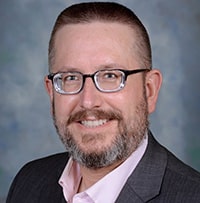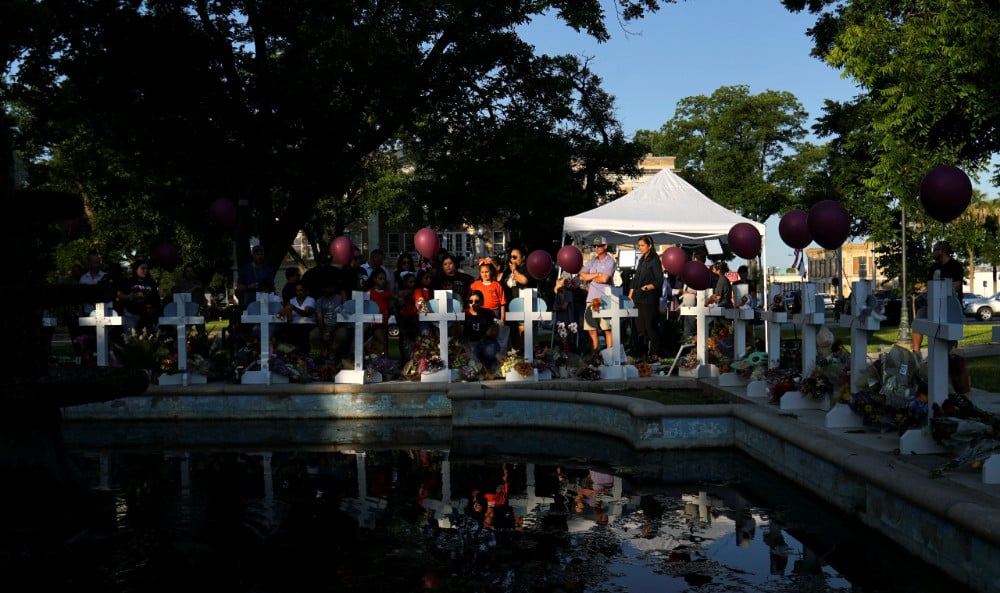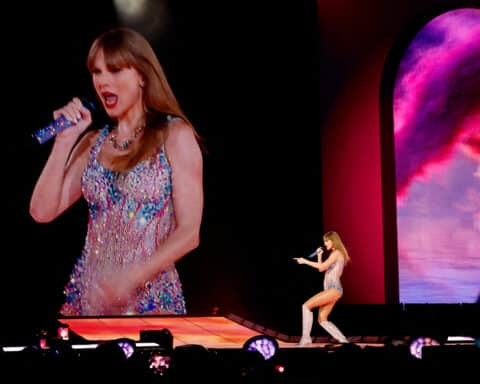
I never brought a gun to school, but for Christmas when I was in seventh or eighth grade, I received what would come to be known as a “Rambo knife,” with a large blade and a compass on the end of the hilt that screwed off to reveal a cavity in which a few items essential for survival — matches, some fishing line, a hook — were stored. I brought it to school once or twice, kept it in my locker all day, and showed it off during breaks between classes, just as my hunter friends showed off their guns in the parking lot at lunch. I never stabbed anyone; they never shot anyone; and neither did my cousins and I when we went out to my grandparents’ farm nearly every weekend, where Grandma and Grandpa kept rifles and shotguns in an umbrella stand in the hallway, next to the closet where the ammo was stored on an upper shelf.
You may expect my next words to be “It was a different time then,” and it was. Culture matters, and the root of culture, both the word and the reality, is cult — religion. The culture of life that St. John Paul II spoke so often of is not possible among those who do not, on some fundamental level, recognize that our lives, and the lives of all those around us, depend on the Author of life.
I do not have the space to draw out all the threads that led to Columbine in 1999, much less to Buffalo and Uvalde in the last few weeks. But only an ideologue on either extreme of the national debate over guns would deny that something has changed. The media has played an important role — and not just social media in recent years, but the 24/7 “news” channels that firmly implanted the imagery of Columbine in the mind of a generation. And the “entertainment” media as well that elevated violence in films, on TV and in video games, replacing in the imaginations of multiple generations the morality plays of cowboys and sheriffs who took life reluctantly with wanton carnage with no consequences.
Or, rather, with consequences that were attractive — fame, fortune, rising from obscurity to the national stage. Two generations of increasingly alienated young men have been fed a constant diet of media that presents other people as expendable characters in their own story, and presents violence — particularly gun violence — as the best way to take control of their own lives, or at least to get the attention every teenage boy desires.
Semiautomatics like the AR-15 are often referred to as “military-style” weapons. That’s true, as far as their pedigree goes. But they’re really Hollywood-style weapons, whose fetishization — both by those who desire them and by those who despise them — has expanded exponentially not because of the use of similar weapons in actual wars but because of their similarity to the weapons used on screens both large and small.
The revelation that the Uvalde SWAT team repeatedly posed in full armor with their “military-style” weapons on social media, bragging about how they have trained to stop a school shooting, but were nowhere to be found when their action could have saved lives, speaks volumes. By definition, guns are a necessary condition in school shootings, and their proper regulation may help prevent future massacres. But they aren’t a sufficient condition, much less the sufficient condition, and preventing future shootings is only the first step we must take toward rebuilding a culture of life.
Scott P. Richert is publisher for OSV.





